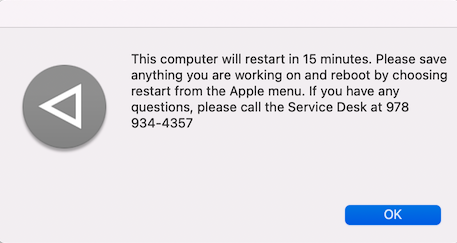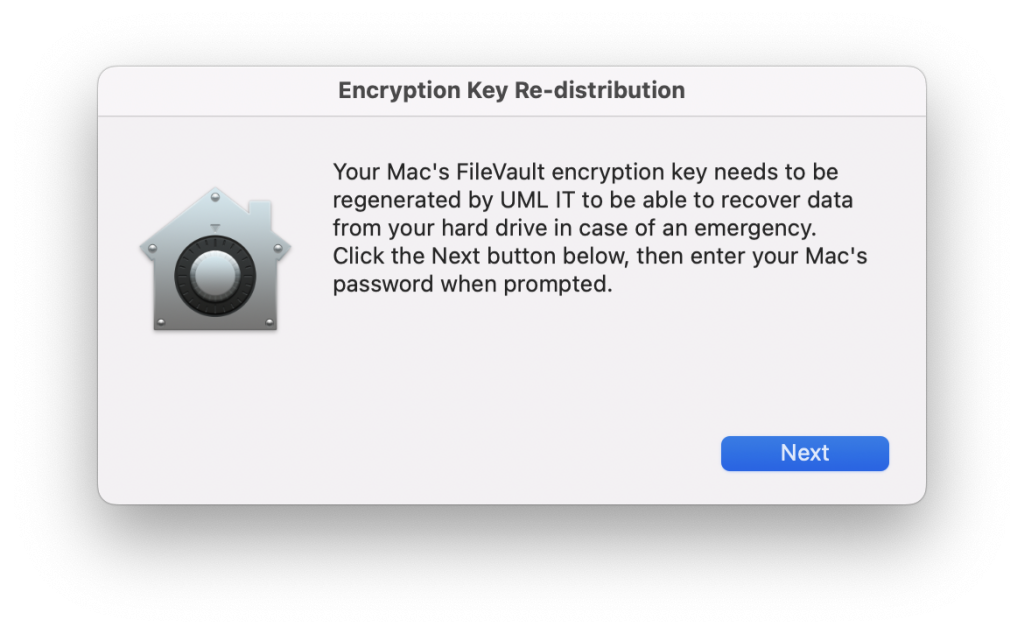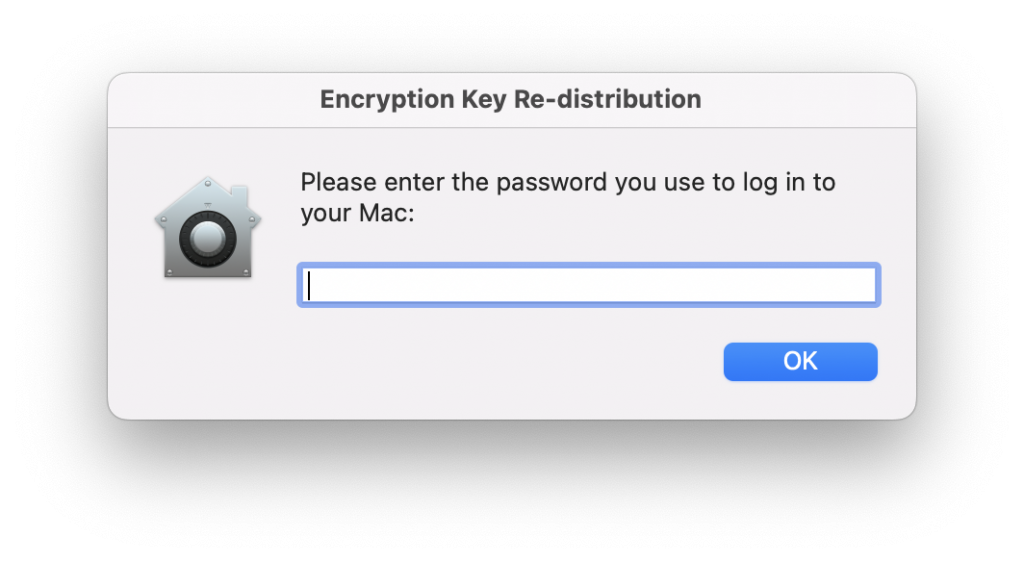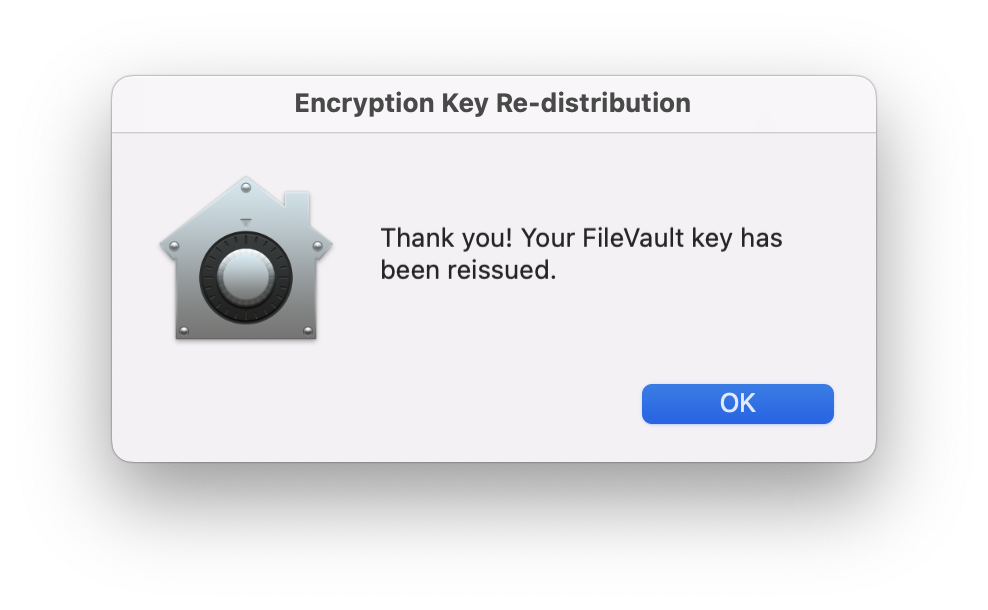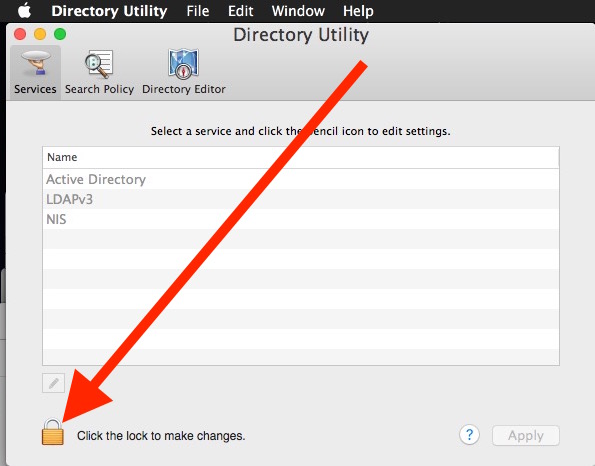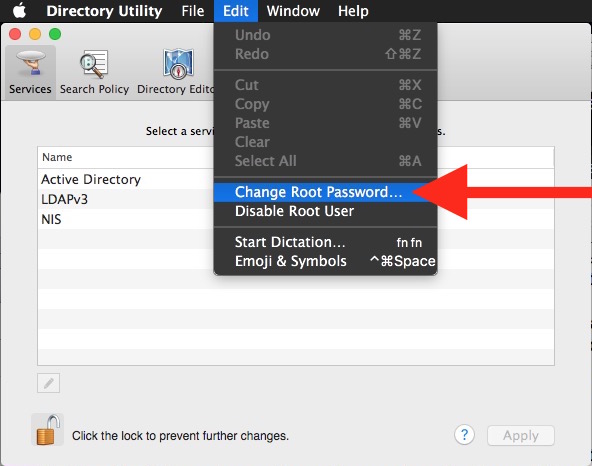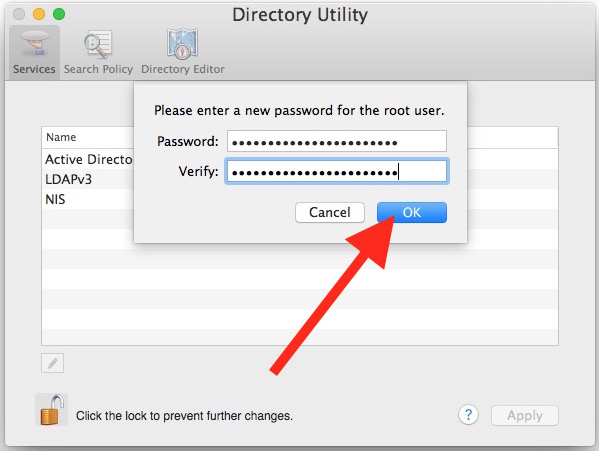Jobs that sound too good to be true should raise a red flag for any college student. This semester, we have received an increase in fake job postings from malicious actors sending emails sent to your student account. In some cases, these emails originate from compromised UML student accounts.
Fake jobs can be attempts to steal personal information about you or steal money or bank account information from you. You could also get entangled in criminal activity, so be cautious.
Here are some tips to help you identify fake jobs. You should always carefully research the legitimacy of employers before applying.
Common Job Scams Targeting College Students:
- Personal Assistant opportunities
- Mystery shoppers
- Envelope stuffing from home
- Repackaging or shipping from home
- Issuing checks/check processing from home
- Model/talent agencies
- Pyramid sales schemes
- A variety of scams where a student is asked to pay for certification, training materials, or equipment with promise of reimbursement
- Pet Sitting/Babysitting
Over-payment Scams
Watch out for over-payment scams. These are often posted as a bookkeeper, personal assistant, administrative assistant, etc., to assist in processing checks or mystery/secret shoppers. The “company” sends a check to the “assistant” (student), who is then responsible for taking their “salary” out of the check and wiring the remainder of the money back to the “company.” These checks are fraudulent and can leave you out thousands of dollars and facing criminal charges.
Beware if the Email or Job Posting:
- Does not indicate the company name
- Email signatures including names not found in the UML staff directory
- References “UML Placement & Services”, including differing variations
- Comes from an email address that doesn’t match the company name
- Does not give the employer contact information—title of person sending the email, company address, phone number, etc.
- Offers to pay a large amount for almost no work
- Offers you a job without ever interacting with you
- Asks you to pay an application fee
- Wants you to transfer money from one account to another
- Offers to send you a check before you do any work
- Asks you to give your credit card or bank account numbers
- Asks for copies of personal documents
- Says you must send payment by wire service or courier
- Offers you a large payment for allowing the use of your bank account—often for depositing checks or transferring money
- Sends you an unexpectedly large check
No legitimate employer will send payment in advance and ask the employee to send a portion of it back. DO NOT provide any personal information, especially Social Security numbers or financial information!
Examples of Suspicious Ads
The following job posting was rejected by the Student Employment Program Job Board:
Agile and Responsible individual is needed to fill the vacant position of a Personal Assistant (Part time) Someone who can offer these services: *Mail services (Receive mails and drop them off at UPS) *Shop for Gifts *Sit for delivery (at your home) or pick items up at nearby post office at your convenience. (You will be notified when delivery would be made).
A student notified the Student Employment Program that she received the following email:
If you are resourceful, organized, good with paperwork and honest, you can make three hundred dollars ($500) a week, as a business assistant. This flexible but formal position would only take at most two hours of your time daily, or even less, depending on your work-speed. You would be needed Mondays through Fridays, but the job’s flexibility lies in the fact that your duties are clear-cut and would take little of your time to be executed daily. Kindly get back to me ASAP if you are interested and wish to know more about this opportunity.
Another student received an email offering them a “New, interesting, and respectable job” as a typist.
Report Suspicious Ads
If you have concerns about the legitimacy of a job or internship posting, please contact the Student Employment Office at 978-934-4228. If you feel that you’ve been the victim of a scam, please contact campus police at 978-934-2398, or police@uml.edu.
Researching Ads and Employers
Why is it Important to Research Every Opportunity?
- To find out if the job and the company are legitimate
- To gather information to help you determine whether the company or job is a good fit for you
- To find data to help you write targeted resumes and cover letters
- To find facts to help you answer interview questions
Visit the Organization’s Website
If the organization in question doesn’t have a website or the website doesn’t seem to match the advertised job, there may be cause for concern. Note the professionalism of the website. Is there specific contact information? Are jobs and career information actually posted on the site? Lack of pertinent information is a red flag.
Use Personal Contacts, LinkedIn, or Other Networking Sites
Do you have any connections to help you find inside information? If you belong to a professional association, they may be able to put you in touch with people who can advise you. Search LinkedIn by “People” and the advanced search fields for “Company Name.” Click the “Current Companies Only” checkbox to receive information on people currently listed as employed by this company.
Use Google
Search by the name of the organization to gather information and recent news. You can also search by “scam” to look for signs the company has been reported in any type of fraudulent activity.
Check with Consumer Services
Two organizations to utilize are the Better Business Bureau or the Federal Trade Commission to see if any complaints have been lodged against the company.
Investigate the Company’s References
If you aren’t sure a company is legitimate, request a list of employees or contractors. Then contact the references to see how satisfied they are. If a company isn’t willing to share references (names, email addresses, and phone numbers), this is a red flag. You may want to research the references a bit as well, to be sure they are legitimate.
Be Suspicious of Poor Communication Skills
Be careful when an employer cannot communicate accurately or effectively on the website, by email, over the telephone, etc. If communications are sloppy, how professional is the organization?
Exercise Caution When Asked to Pay Any Fees
Most legitimate employers will not charge to hire you! Don’t send money for work-at-home directories, advice on getting hired, company information or for anything else related to the job. There are some well-known internship programs that do require payment to place you in internships, but check with your department’s internship coordinator to determine if the program is legitimate.
Review Payment Information
When information about salary isn’t listed on a job posting, try to find out if you will receive a salary or be paid on commission. Find out how much you’re paid, how often you are paid and how you are paid. If the company doesn’t pay an hourly rate or a salary, be cautious and investigate further.
Beware: Scam Ads Can be Found in Legitimate Publications
Read all information carefully. If the opportunity sounds too good to be true, it probably is! Just because a job lead appears in a legitimate publication, it doesn’t mean that the job or company is, necessarily, legitimate. Forget about getting rich quick.
Additional Information about Job Scams
